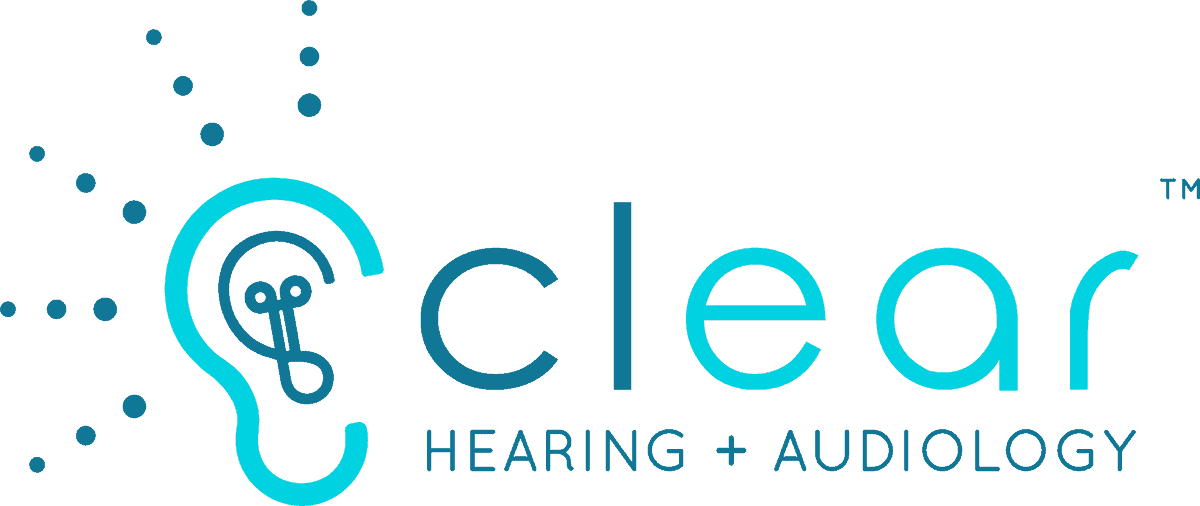
Hearing aids are an essential item for millions of people who experience hearing loss. Over 48 million people have hearing loss, the third most common chronic medical condition that people experience today. Hearing aids, the most common treatment for impaired hearing, are medical devices that are designed to provide significant support with detecting and processing speech as well as sound. Over recent years, hearing aids have experienced tremendous technological advancements that have innovated these complicated and savvy devices. The hearing aid industry went from producing analog hearing aids to now also making digital devices that offer an array of features that seamlessly integrate into one’s daily life.
How Do Hearing Aids Work?
Understanding how hearing aids work can better help illuminate differences between analog and digital hearing aids. Though there is a wide range of hearing aid styles, features, and options; all hearing aids are made of the same basic components. This includes:
-
Microphone: picks up sound waves from the environment the wearer is in and converts those soundwaves into electrical signals.
-
Amplifier: receives and amplifies the electrical signals from the microphone and delivers these signals to the receiver.
-
The receiver: also referred to as the speaker, sends signals to the inner ear where they are further processed.
The last component of all hearing aids is the battery source which powers the device. All hearing aids are powered either by disposable batteries or a rechargeable battery. Where hearing aids differ is when it comes to their technology – analog vs. digital – as well as their style. This refers to where hearing aid components are placed and worn in or behind the ear.
Analog vs. Digital Hearing Aids
Hearing aids are equipped with either analog or digital technology which is what processes sound. Though analog hearing aids were the standard, with innovations in technology, digital hearing aids are increasingly becoming the more common device. A few major differences between analog and digital hearing aids include:
-
Analog: analog technology works by absorbing soundwaves, converting them into electrical signals, and amplifying these signals. All sounds are amplified in the same way which means that there is no distinction or filtering of unwanted noise compared to the speech you want to hear. Volume can be adjusted and the device can be preprogrammed with these specific settings. But listening in tougher environments (with background noise, social settings, multiple people, etc.) can be difficult with analog hearing aids.
-
Digital: digital hearing aids use digital sound processing to convert incoming sound waves into digital signals. A computer chip then analyzes these signals and can separate background noise and speech. These signals can then be processed and adjusted in numerous ways to meet the specific needs of the wearer. Digital processing creates greater flexibility, allowing signals to be manipulated in specific ways that enhance one’s hearing. This technology is more expensive than analog hearing aids but digital hearing aids often provide enhanced support across more environments.
With more availability of digital technology today, analog hearing aids are becoming less common. Digital hearing aids can perform a range of functions that make listening easier and more comfortable. These hearing aids are incredibly innovative, offering a range of features that sharpen sound quality and create optimal listening experiences.
Common Digital Hearing Aid Features
There are numerous features that today’s digital hearing aids provide. Because this technology is more flexible, there are a number of ways it can be tailored to an individual’s specific hearing needs. Common features include:
-
Wireless connectivity: using Bluetooth technology, digital hearing aids can wirelessly connect to other devices. This allows audio to be directly streamed to your hearing aids, maximizing sound quality.
-
Background noise reduction: digital hearing aids also identify the background noise and automatically reduce these noises, focusing on the speech you want to hear.
-
Voice recognition: this feature focuses on distinguishing voices from other types of sounds and enhancing them. This includes one’s voice which is presented more naturally.
-
Sound localization: refers to identifying which direction sound is coming from which makes it easier to then hear and process that sound.
